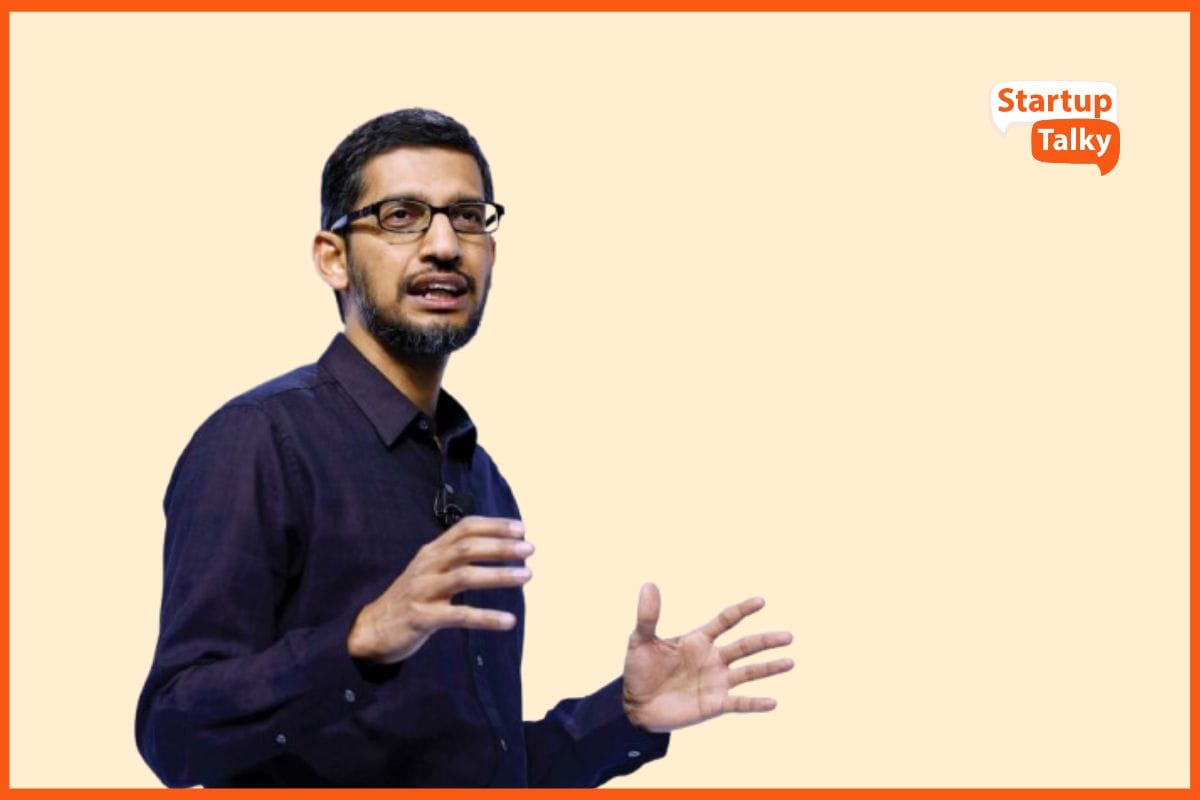Elon Musk’s X Corp filed a case challenging the power of government officials to impose information blocking orders, but the Karnataka High Court dismissed it on 24 September. The court ruled that social media must be regulated, especially when it comes to offences against women, since failure to do so may result in the railroading of a citizen’s constitutionally guaranteed right to dignity.
Why X Went to High Court?
Formerly known as Twitter, X Corp had petitioned the Karnataka High Court to rule that government officials lacked the authority to impose blocking orders under Section 79(3)(b) of the Information Technology Act, 2000.
Rather, the business said that the only law that adequately supported such an action was Section 69A of the Act, as read with the Information Technology (Procedure and Safeguards for Blocking Access of Information by Public) Rules, 2009. On the basis of blocking orders granted under Section 79(3)(b), the platform also requested directives prohibiting different ministries from pursuing coercive measures against it.
X also requested temporary protection from being forced to sign up for the government’s “Sahyog” portal. Arguments on the petition came to an end in late July after it was heard for several months. Prior to issuing its order on September 24, the court had reserved it on July 29.
HC Told X Communication is Always Matter of Governance
Regardless of the media, regulating communication has always been a concern of government, Justice M. Nagaprasanna stressed in his dictating the order. The speed and dissemination of information and communication have never been allowed to go amok or be uncontrolled. The court observed that it has long been a topic of regulation.
Justice Nagaprasanna issued a warning against applying American legal logic to the Indian setting. Even in the United States, he said, the judicial mindset has completely changed in the area of free expression. It is impossible to introduce American judicial philosophy into Indian constitutional philosophy.
The Centre had rejected X’s argument, arguing that communication that was illegal or unconstitutional could not be given the same level of constitutional protection as speech that was lawful.
|
Quick |
|
•Court says regulation is essential to •X argued that blocking orders under •The company sought to stop ministries •Justice M. Nagaprasanna stated that •Court cautioned against applying •Hearing concluded in July, with the |




